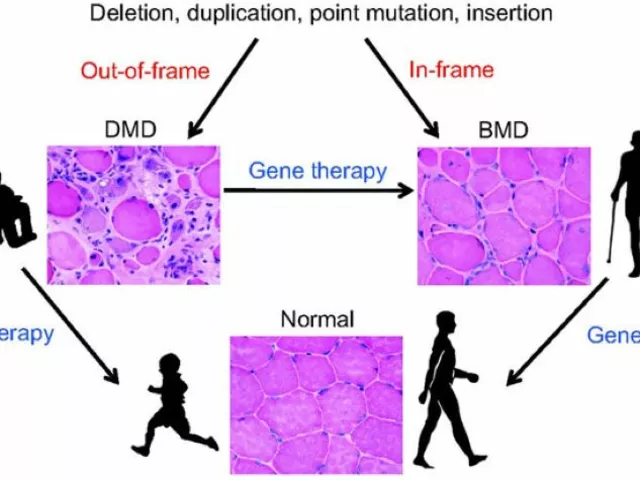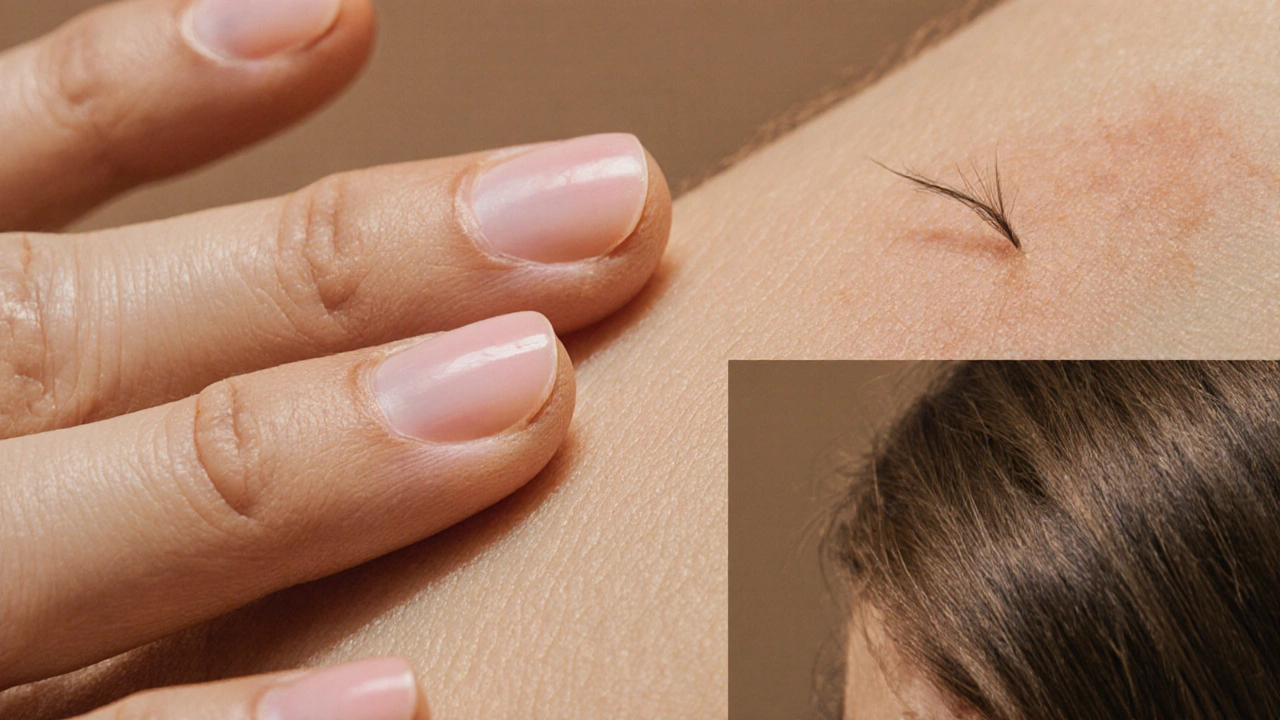Hair Loss Nutrients: What Really Supports Your Scalp
When talking about hair loss nutrients, the vitamins, minerals and plant extracts that help keep hair growing strong. Also known as hair growth supplements, they work by feeding follicles, reducing inflammation and balancing hormones. For many people, the first thing they hear is biotin, a B‑vitamin that boosts keratin production. Right alongside biotin, zinc plays a key role in DNA synthesis and oil‑gland function. And vitamin D modulates immune response, which can curb scalp inflammation that leads to shedding. Together these nutrients form the core toolkit for anyone looking to slow thinning and encourage new growth.
How These Nutrients Interact With Your Body
Hair loss nutrients encompass a range of compounds, from isolated vitamins to whole‑food extracts. The body treats each one as a building block: biotin supplies the raw material for keratin, zinc acts as a catalyst in the follicle’s growth cycle, and vitamin D keeps the immune system from attacking hair follicles. Saw palmetto, an herbal extract, interferes with the conversion of testosterone to dihydrotestosterone (DHT), a hormone that shrinks follicles in genetically susceptible people. Iron, another common addition, ensures oxygen delivery to the scalp, while omega‑3 fatty acids lubricate the follicle’s outer layer, reducing breakage. When these nutrients are taken together, they create a synergistic effect—each supports the others, resulting in stronger, denser strands.
Because hair growth is a slow process, consistency matters more than mega‑doses. A daily intake of 30 µg of biotin, 11 mg of zinc for women (15 mg for men), and 600–800 IU of vitamin D usually covers most needs. Adding 320 mg of saw palmetto extract or 18 mg of iron (if you’re deficient) can improve results, but it's best to check blood levels first. Many people see the first signs of improvement after 8–12 weeks, when the existing hair cycle reaches the anagen phase again.
Understanding the science helps you avoid common pitfalls. High zinc intake can block copper absorption, leading to a different kind of hair thinning. Excess vitamin D can cause calcium buildup, which may affect hair follicle health. That's why balanced formulas—often found in reputable supplement brands—are designed to keep each nutrient within safe ranges. When you opt for a single‑ingredient supplement, pair it with a diet rich in leafy greens, nuts, and oily fish to fill any gaps.
Real‑world examples highlight the impact. A 2023 clinical trial showed that participants taking a combo of biotin, zinc, and vitamin D experienced a 24% increase in hair density compared with placebo. Another study on saw palmetto reported a 15% reduction in shedding among men with early‑stage androgenic alopecia. These findings reinforce the idea that hair loss nutrients work best as a package, not in isolation.
If you’re wondering where to start, focus on the fundamentals: a balanced diet, a quality multivitamin that includes biotin, zinc and vitamin D, and, if needed, a targeted addition like saw palmetto or iron. Track your progress with photos every month, and adjust dosages based on how your scalp feels—tightness, dryness or itching can signal an imbalance.
Below you’ll find a curated list of articles that dive deeper into each nutrient, compare brand options, and offer practical buying guides. Whether you’re searching for the cheapest generic supplement or the most effective clinical formulation, the posts ahead give you the details you need to make an informed choice and keep your hair growing strong.
Hidden Signs of Vitamin Deficiency in Nails, Skin, and Hair
Learn how nails, skin, and hair reveal hidden vitamin deficiencies, which nutrients are responsible, and practical steps to diagnose and restore health.
About
Nutrition and Supplements
Latest Posts


Actigall (Ursodiol) vs Alternatives: What Works Best for Gallstones and Liver Issues
By Marcel Kornblum Dec 1, 2025

Coping with a Duchenne Muscular Dystrophy Diagnosis: Tips for Parents
By Marcel Kornblum Jul 26, 2023

Buy Cheap Generic Zovirax Online - Quick Guide
By Marcel Kornblum Oct 8, 2025

